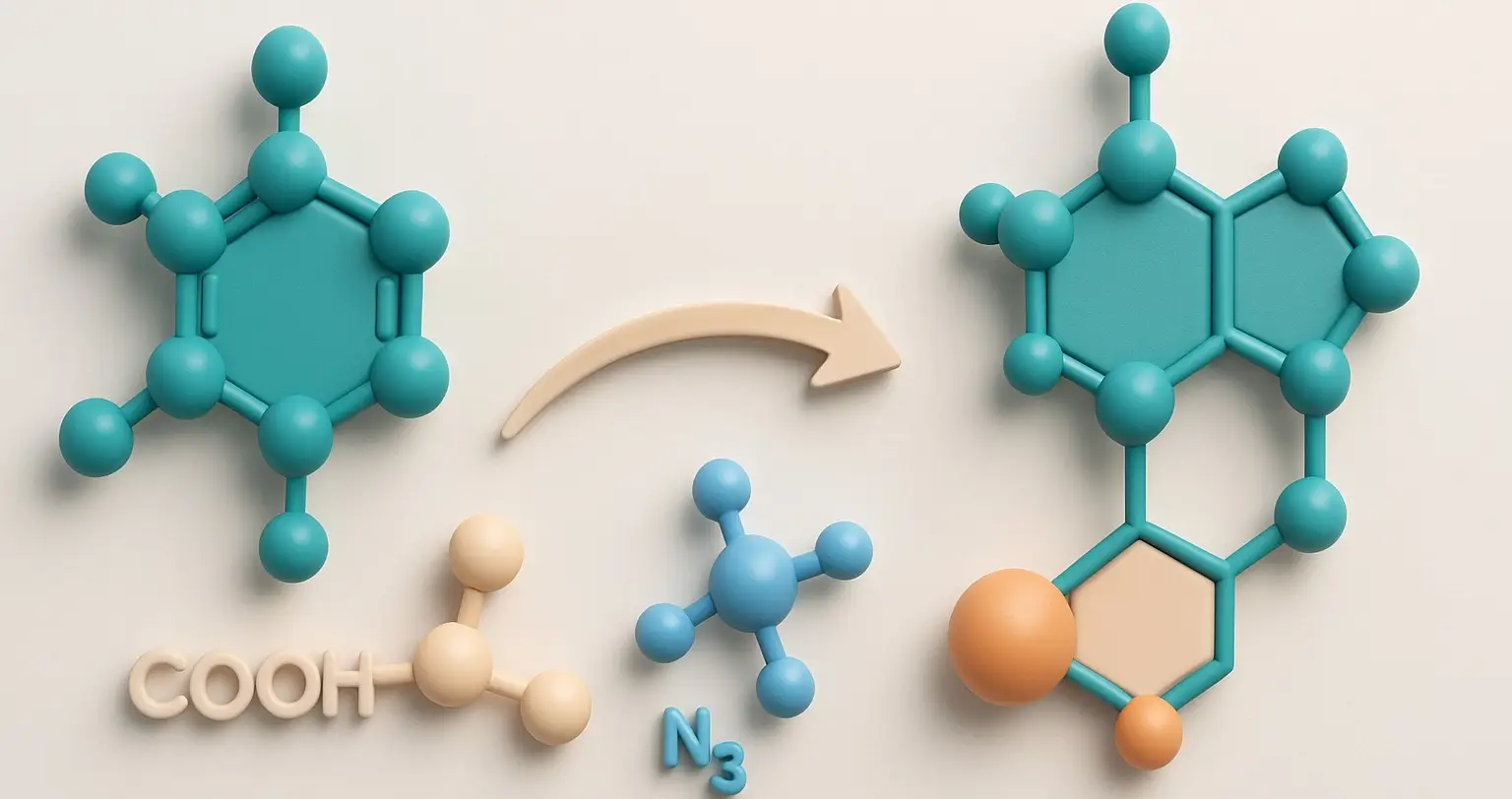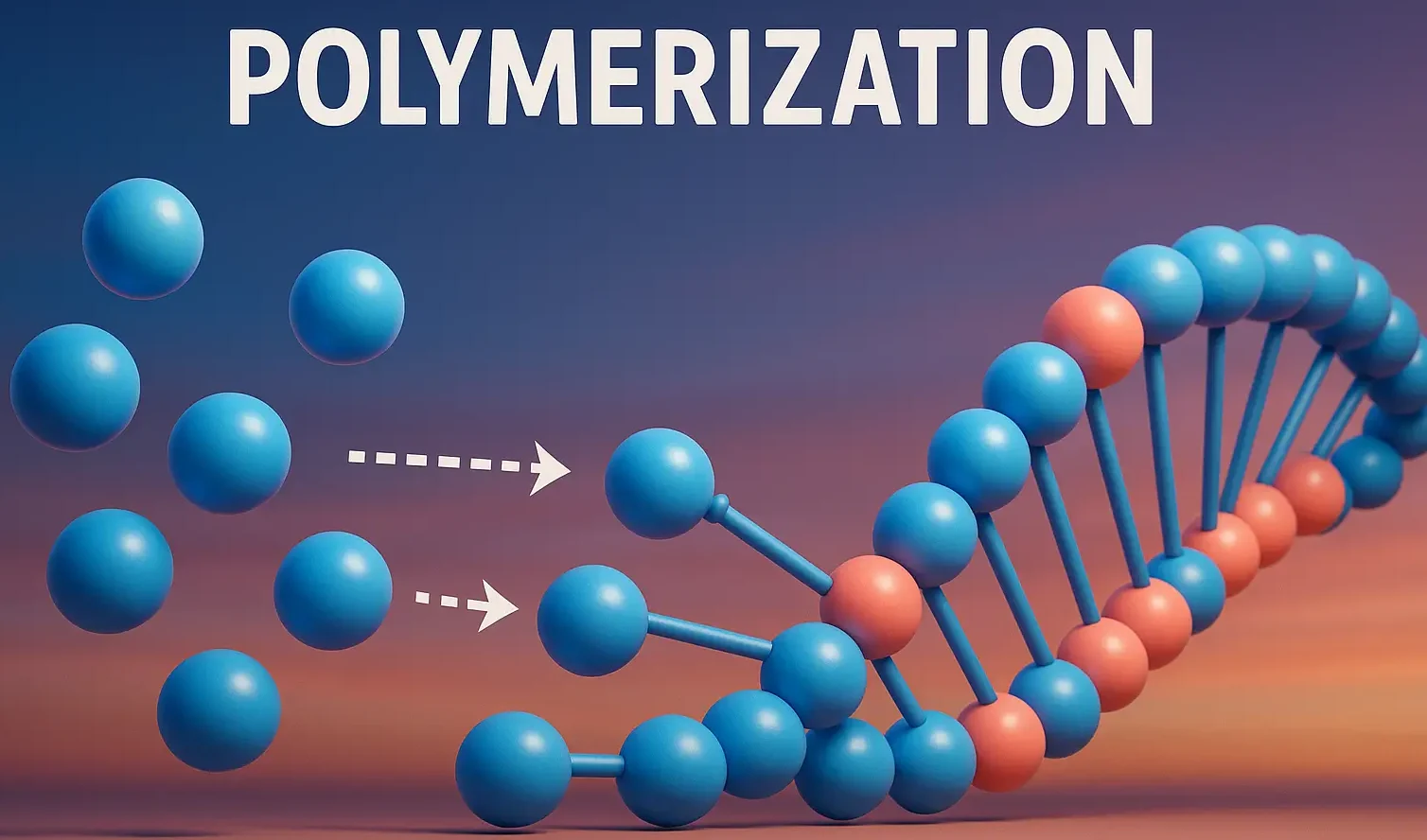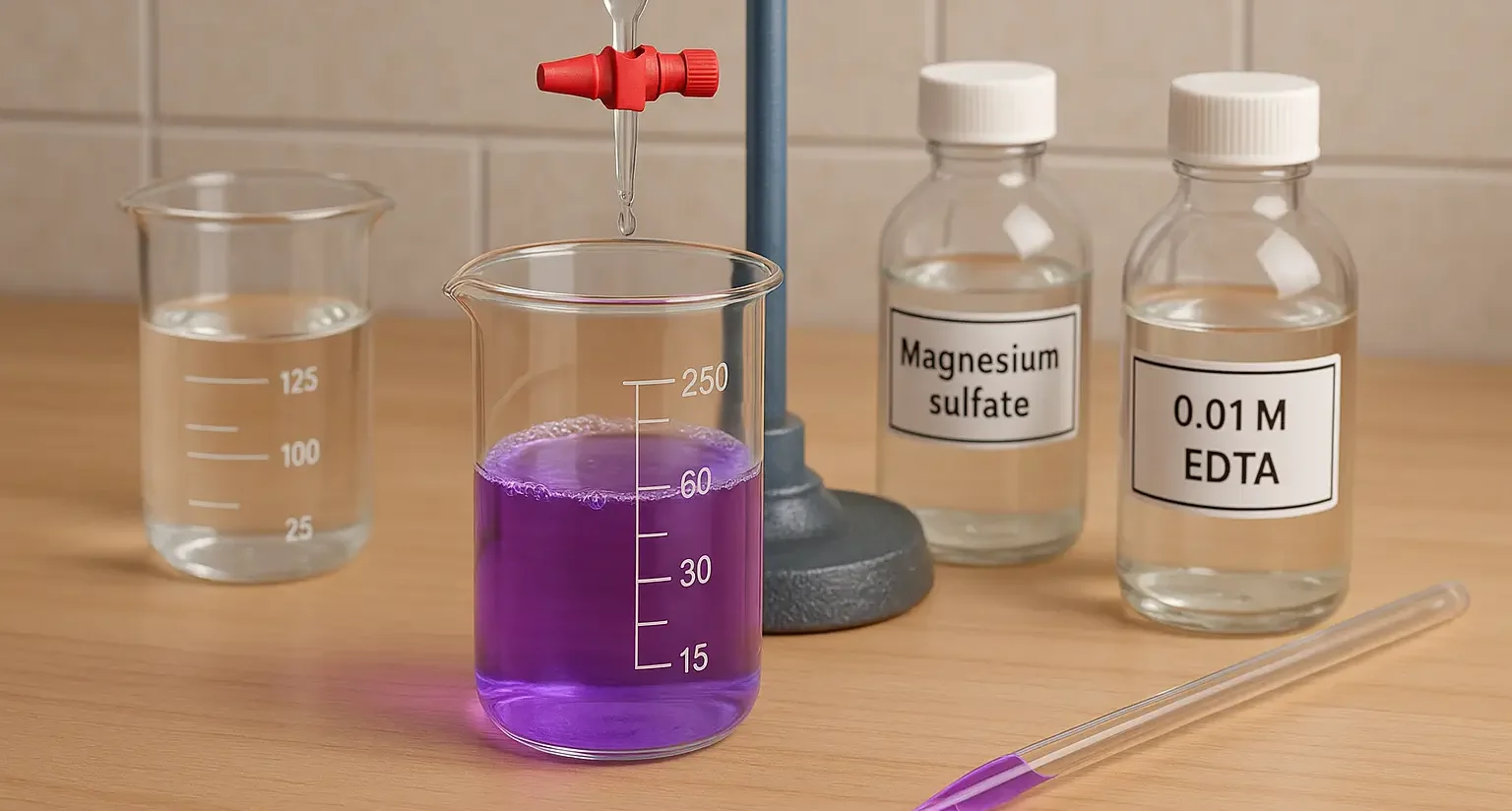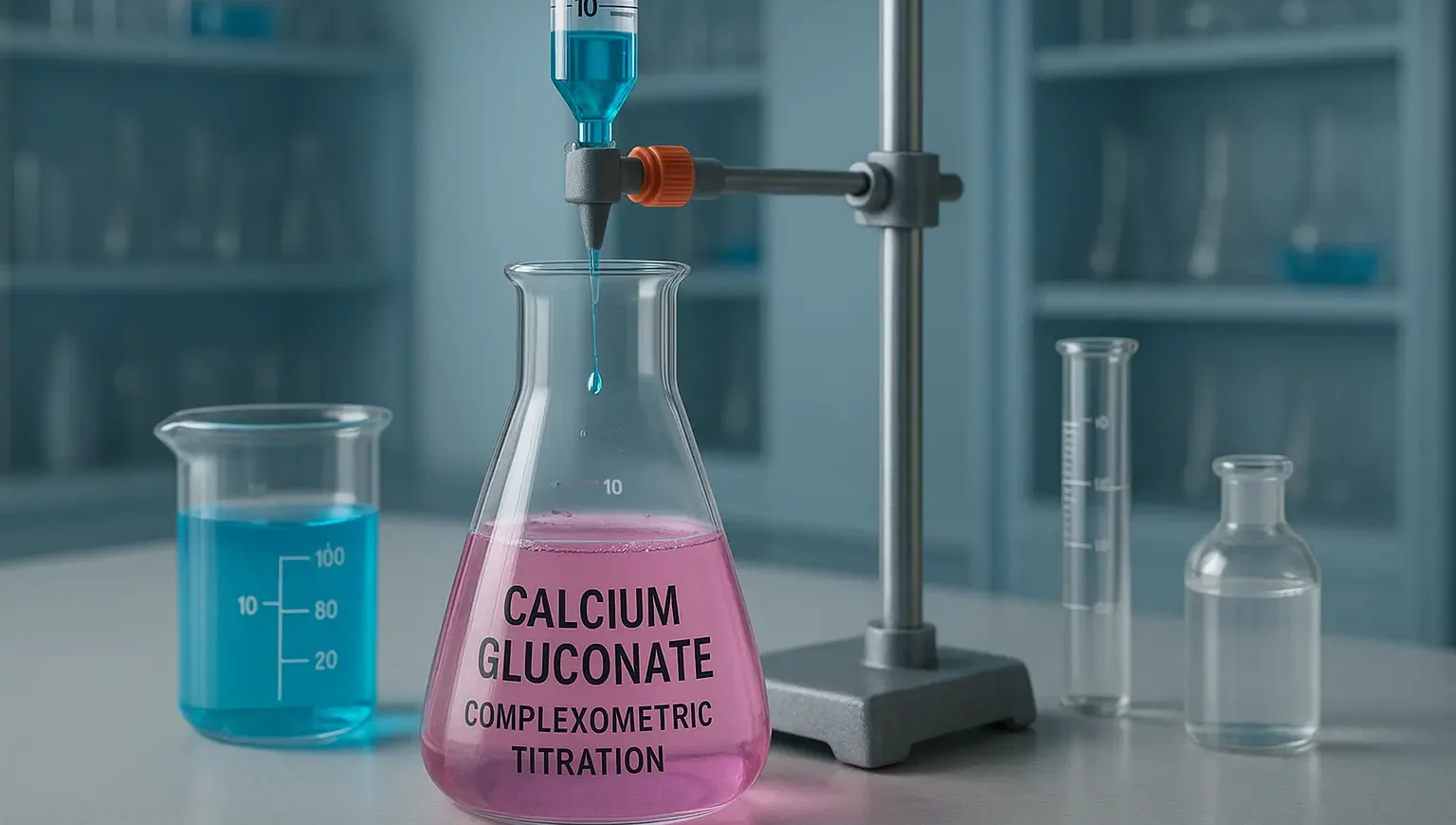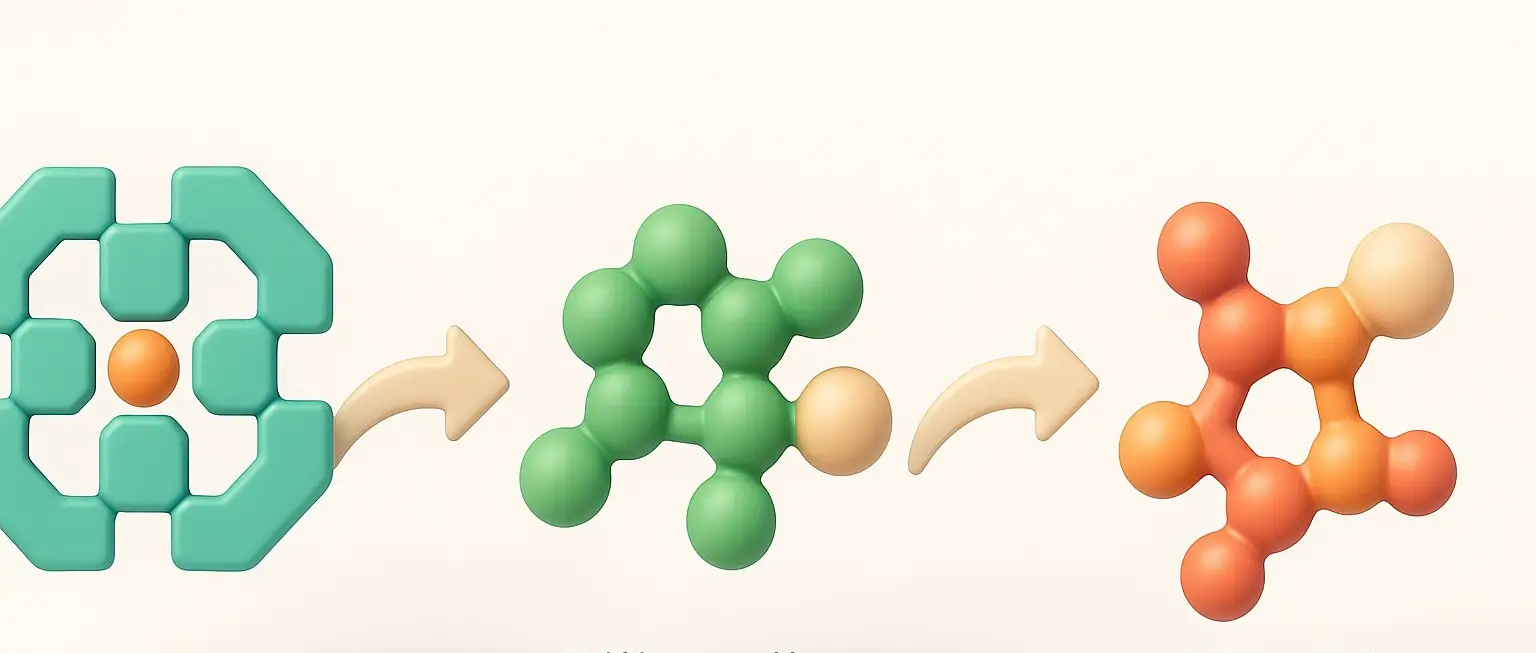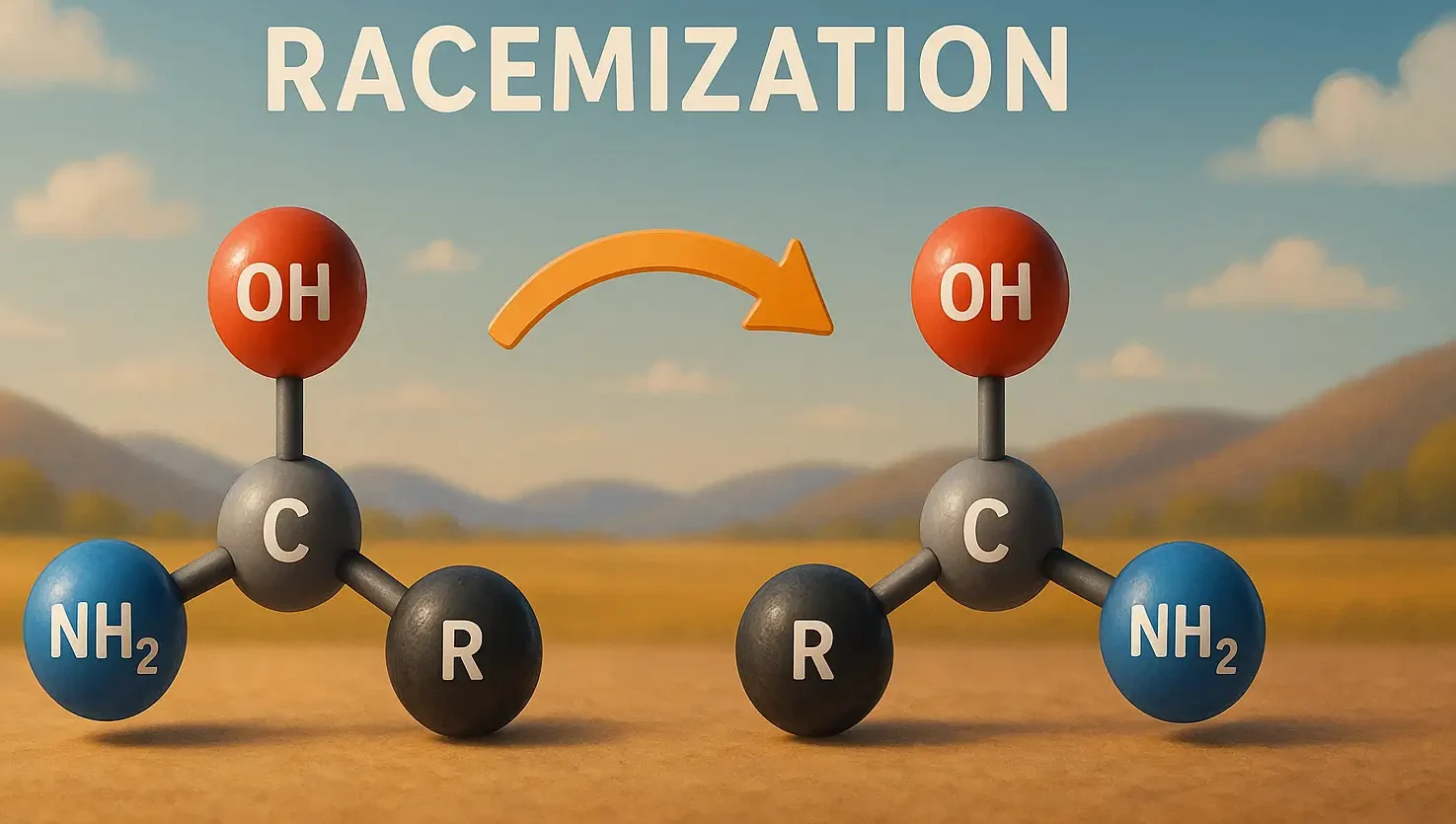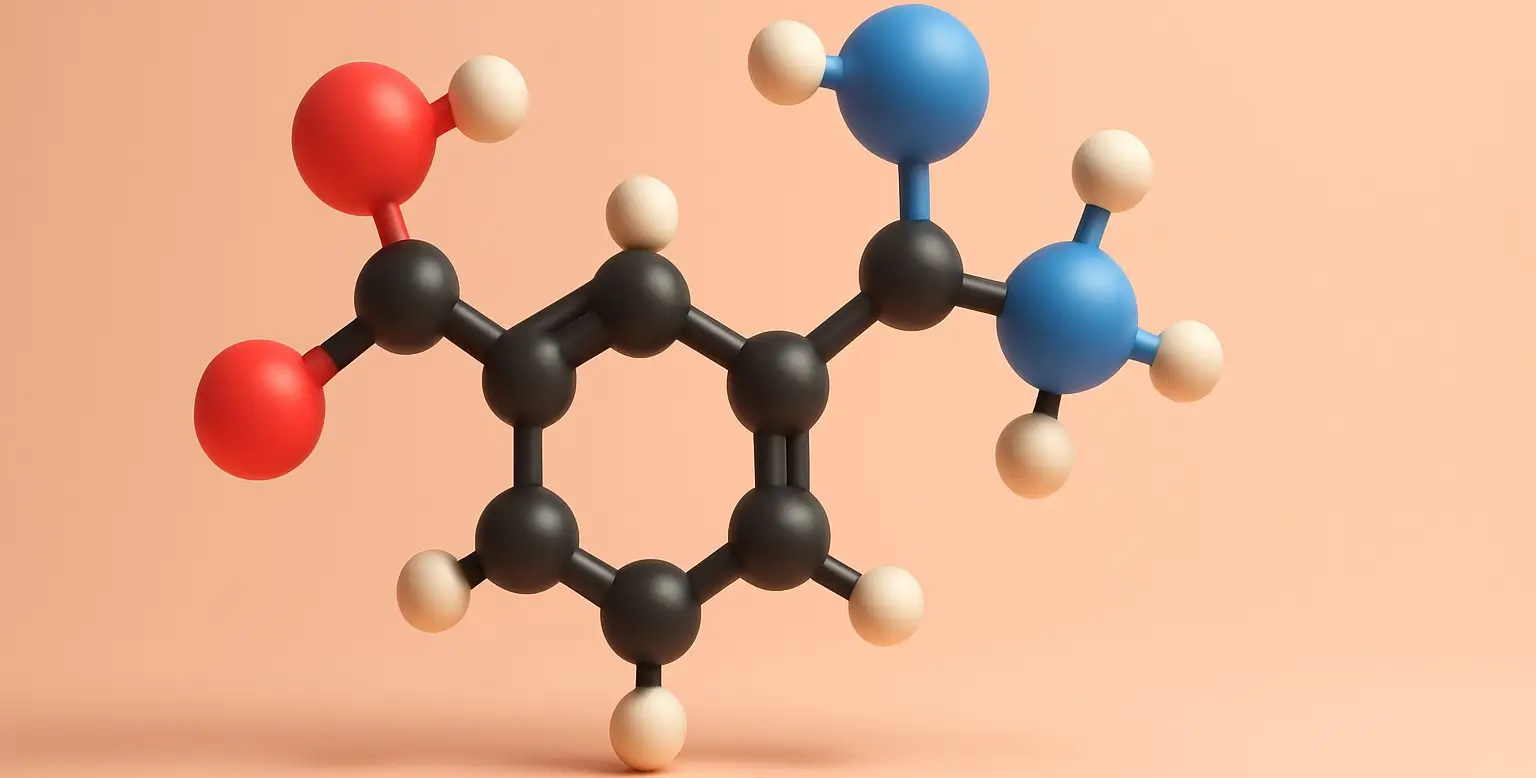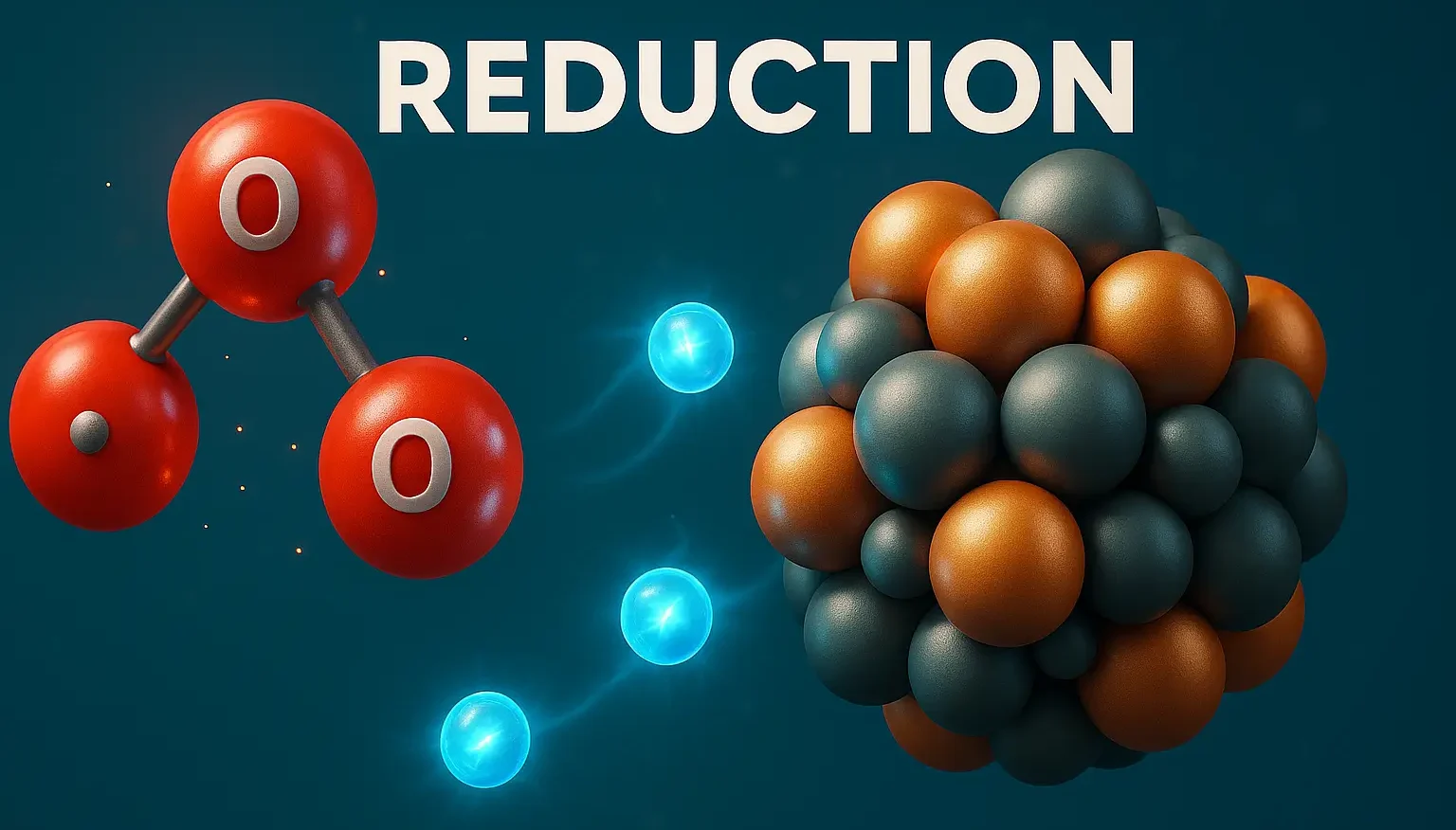Biosynthesis of Pyrimidine Nucleotide
Biosynthesis of Pyrimidine Nucleotide is the biochemical process through which cells produce pyrimidine bases cytosine, thymine, and uracil used to form nucleotides such as UMP (uridine monophosphate), CMP (cytidine monophosphate), and TMP (thymidine monophosphate). Biosynthesis of Pyrimidine Nucleotide is synthesized first and then attached to a ribose-phosphate backbone. De Novo Pathway The de novo synthesis of pyrimidines … Read more


